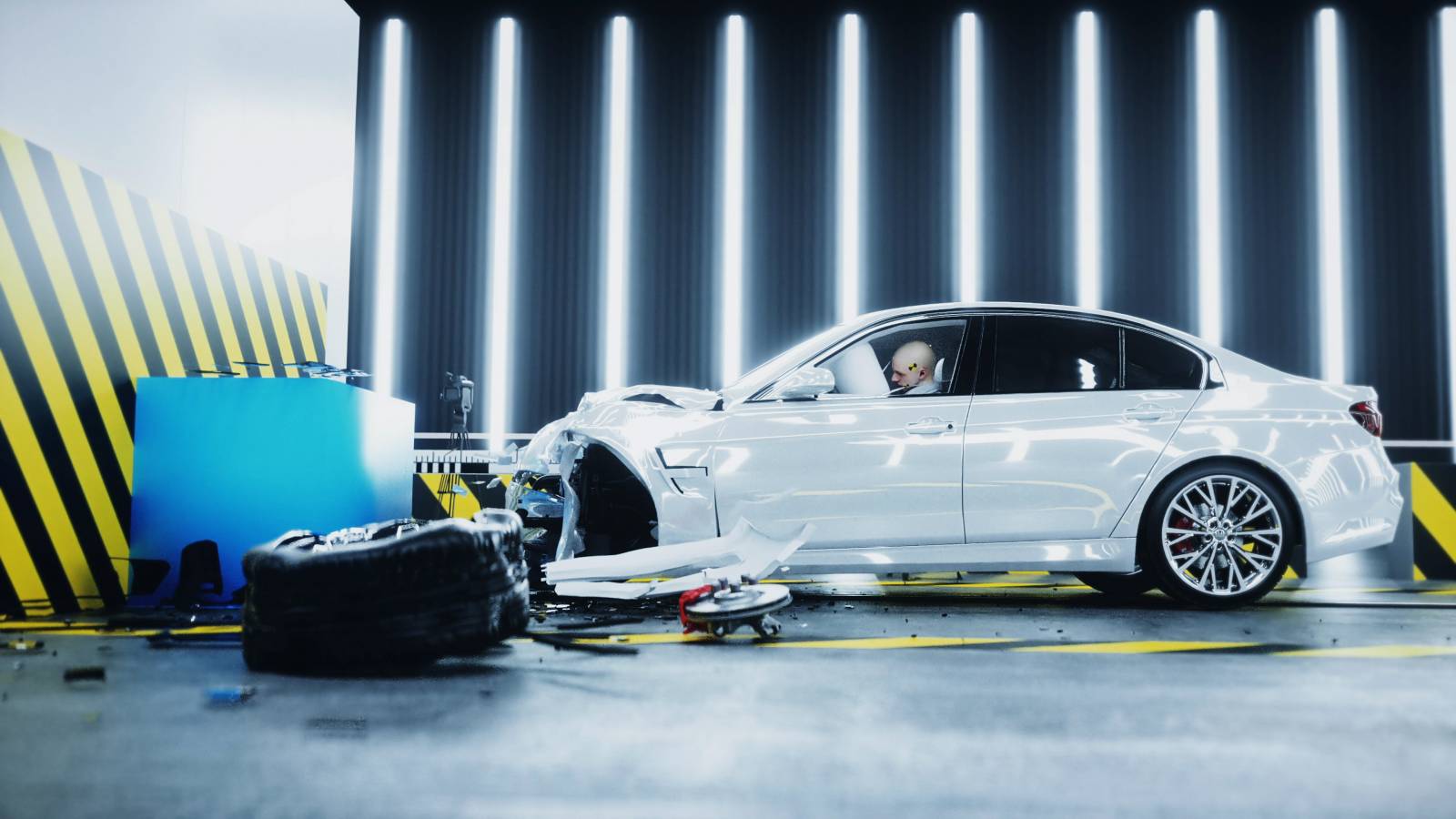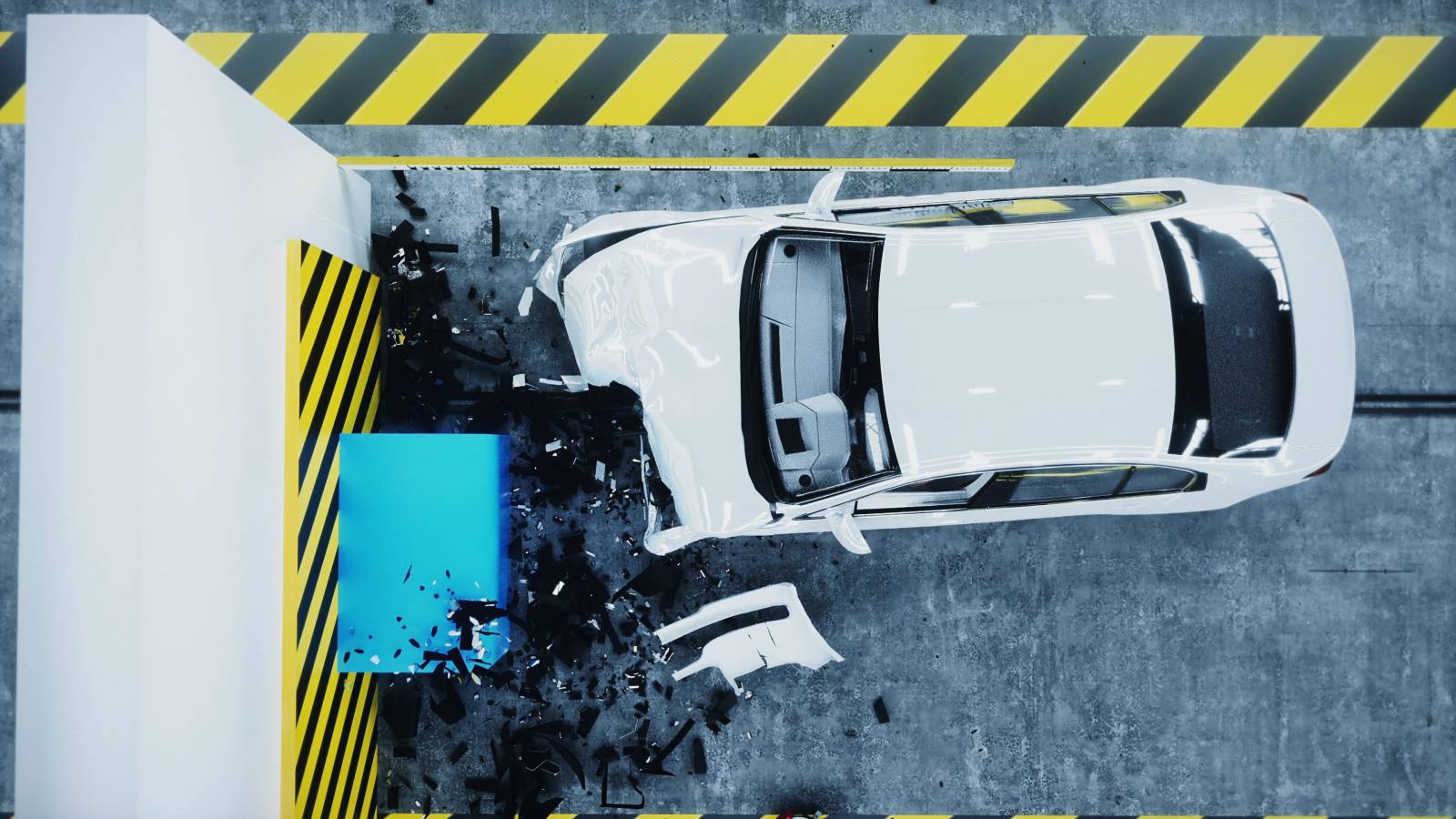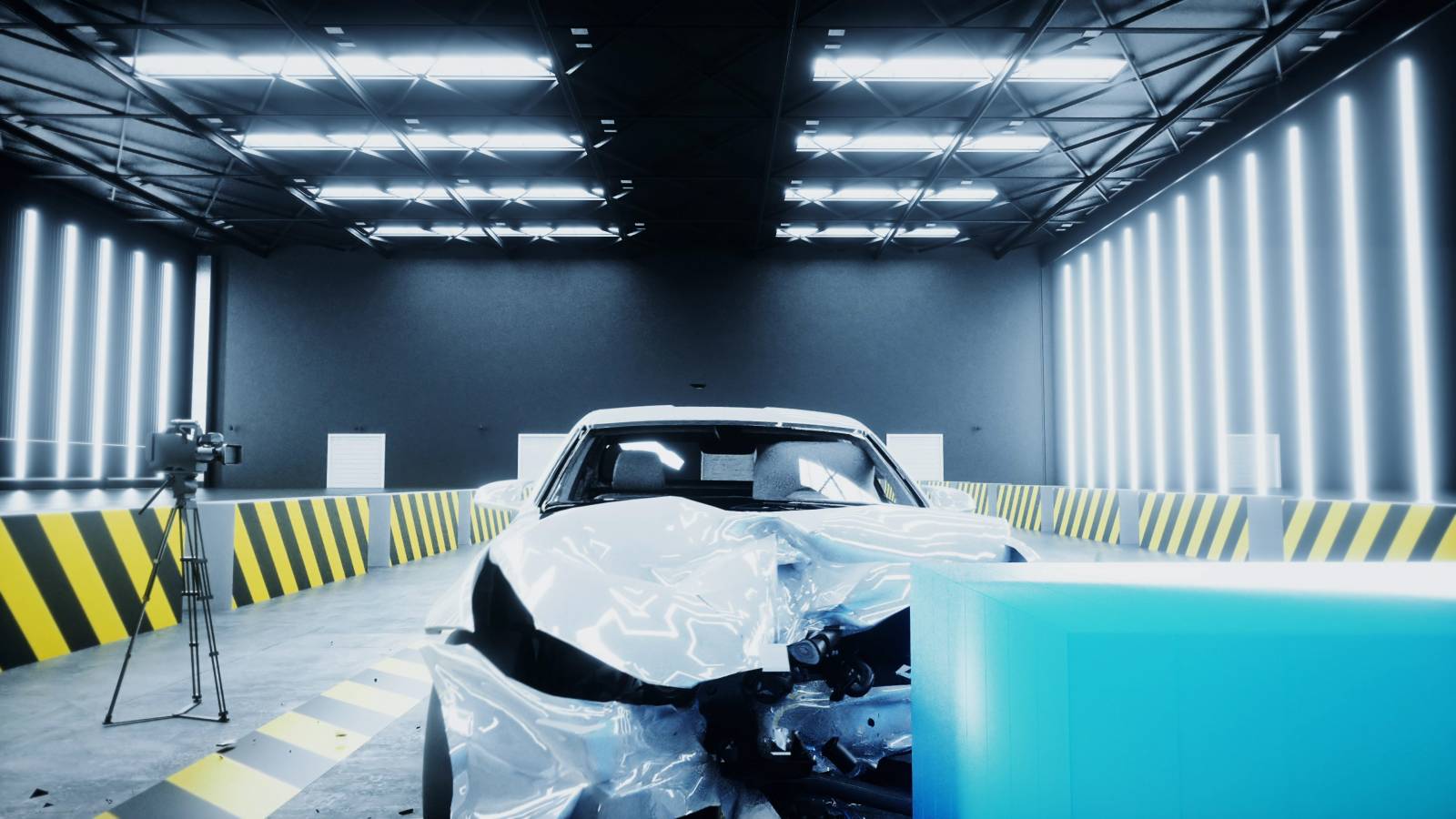CAE vs. Test correlation
Timeline
2012-2023Sector
AutomotiveScope
CAE (Computational Advanced Evaluation) correlation with actual testsBACKGROUND
Since 2012 SOLUTE has been applying this CAE (Computational Advanced Evaluation) correlation with actual tests in their automotive projects. This competency consists of comparing the results of the simulation models with the physical tests to obtain a better methodology that optimises the virtual development of components as it more closely resembles reality.
As part of the simulation with finite elements (FEM), feedback with the actual tests results is very important, as it helps simulation models to increasingly become more correlative with the physical tests. Through this correlation, improvements in the modelling are studied, which will be applied in future developments. Also, this competency is used to validate the virtual data that is obtained.
RESULTS
In the tasks of this competency we obtain advances in the simulation methodology with improvements of the models and the results of the cases analysed, with reports of the results to validate the target components as well as the virtual models themselves. In the end, the numerical simulation process is improved to achieve, based on real data, the version that more closely resembles reality so that it will be more reliable and keep deviations to a minimum.
EXPERIENCE
Since 2012 SOLUTE has been involved in model correlation projects in the automotive sector and is able to apply this capability for any customer in the industrial sector, for example, in the aeronautical, naval, railway or wind sectors.
Specifically in automotive projects, thanks to their experience in this area, simulation models have substantially improved, being able to develop vehicles without needing to carry out tests on prototypes. Only physical tests are used when certifying and validating the final design of a car.
This comparison is used to study the dispersions and an in-depth evaluation is carried out on how these can be corrected in the model, taking into account the mechanical behaviour, the behaviour of the joints or the strength of the materials.
METHODOLOGY
Once information from the tests is analysed, such as data, curves, video or pictures, this same simulation is replicated in the simulation model and the results are extracted, which can be compared using post-processing tools like META or ANIMATOR. This comparison is used to study the dispersions and an in-depth evaluation is carried out on how these can be corrected in the model, taking into account the mechanical behaviour, the behaviour of the joints or the strength of the materials.
This system is repeated until a proper correlation is achieved and conclusions are reached that improve the processes. Therefore, the final outputs obtained are new simulation methodologies that lead to achieving optimum models that are better than the previous ones.
Solar
Structural systems design for PV plants
Structural systems design phase analysis for calculating the generation of solar energy using photovoltaic panels in demanding environments such as with winds or earthquakes.
Wind
Measurement campaigns management
Design and management of weather measurements for renewable energy plants; wind as well as solar.


